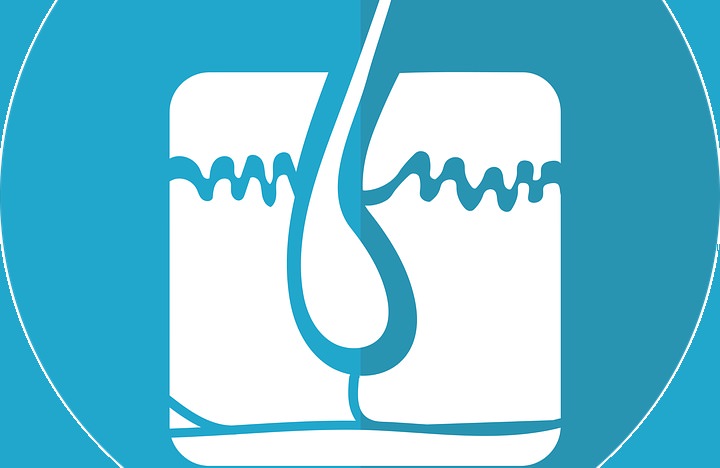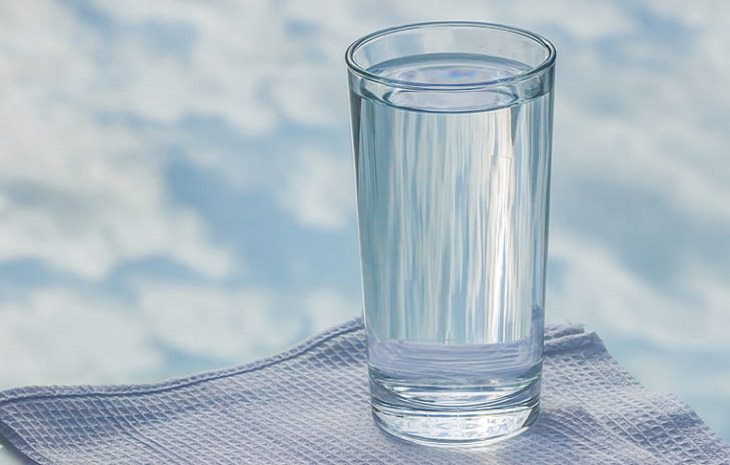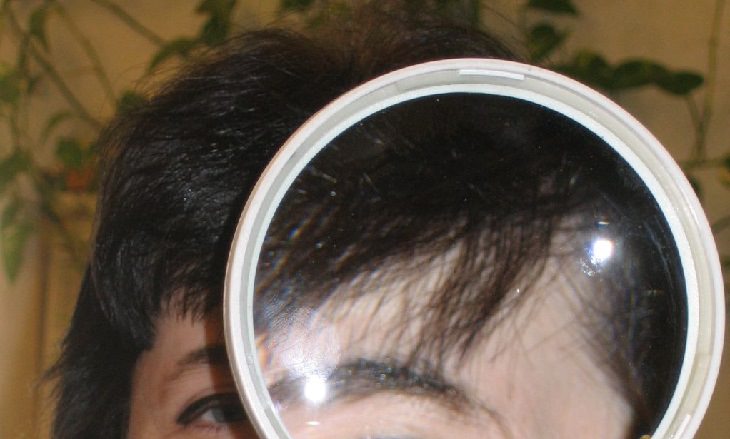Four Home Tests for Hair Health - Tips and treatments
Similar to wrinkles that form over time but
we only notice their appearance suddenly when they become very
noticeable, our hair is also affected by aging processes and various
other harmful factors. To avoid an unpleasant surprise about the poor
health of your hair, it is recommended to perform the following 4 tests
that anyone can do at home in just a few minutes. If after these tests
you discover that your hair is in urgent need of repair, at the end of
the article we will also provide you with a selection of tips,
treatments, and recommended foods that can help you do so.
1. The Follicle Test


Like many other problems, hair damage often starts at the root, and this
is exactly what you will check now. Carefully pluck a hair from your
head, trying to grab it as close to the base as possible to pull it out
completely. Examine the root of the hair at the base of the follicle to
see its shape—rounded root in the form of a bulb indicates healthy hair,
whereas a thin or uneven root suggests that your hair is weak and needs
treatment.
2. The Glass of Water Test

This test helps check the condition of your hair using a simple float
test—healthy hair is relatively uniform and unaffected by water
absorption, whereas damaged hair often absorbs liquids. So, to check
this for yourself, pluck a small number of hairs from different areas of
your scalp, such as near the forehead, above the ears on both sides,
and from the top part, and place them in a glass of regular water.
Healthy hair will float, while damaged or neglected hair will slowly
begin to sink.
3. The Pull Test
Don’t worry, you’re not going to pull all your hair out… To perform this
test, you need to pluck a single hair from your head, hold it by both
ends, and pull. Do this a few times with gradually increasing pulling
force, from weak to strong. If each time you release the tension, the
hair "snaps" back into shape and withstands strong pulling forces, its
condition is good. On the other hand, if the hair doesn’t show
elasticity after pulling or breaks easily even with weak pulling force,
it's likely in trouble.
4. The Roughness Test

Healthy hair is smooth, and to check your own hair in this regard, you
can use two very accessible tools: your fingers and a magnifying glass
or a smartphone. First, lift one hand to your head, and isolate a small
group of hairs from the rest of the head using your fingers. Now, raise
your other hand and run the group of hairs between your thumb and index
finger—try doing this from the ends of the hair to the roots on the
scalp. If you feel that your hair is rough, you may need to check it
more closely, and for that purpose, you can use a magnifying glass or
smartphone magnification apps. If a close-up reveals “broken,” uneven,
or not smooth hair, it’s a sign that it is not healthy...
What to do if you find that your hair is
unhealthy?
Use Peppermint Oil to boost your hair's health.
Try Rosemary to help your hair overcome problems
Adopt the principles of the Mediterranean diet, which has proven
scientific effectiveness in reducing the risk of male hair loss.
Learn how to wash your hair properly and healthily.
Prepare natural hair masks to strengthen and maintain its health.
Eat foods that may heal your hair.
For all the above tips kindly see my following posts as each one will deal with solution.
T